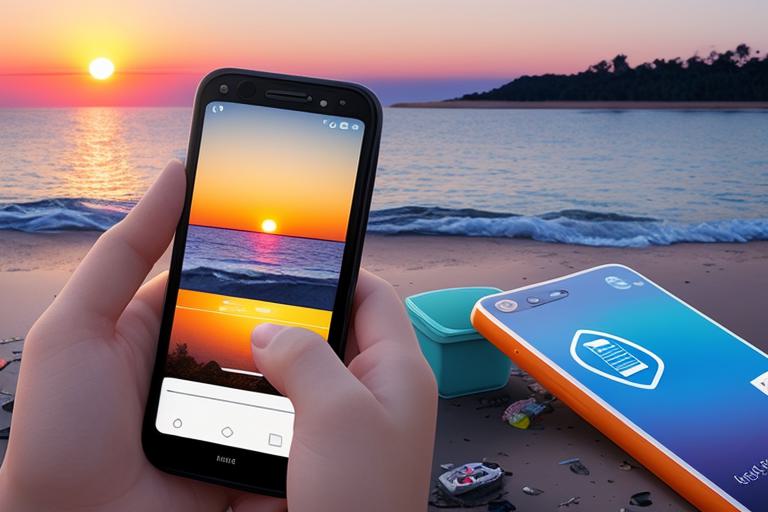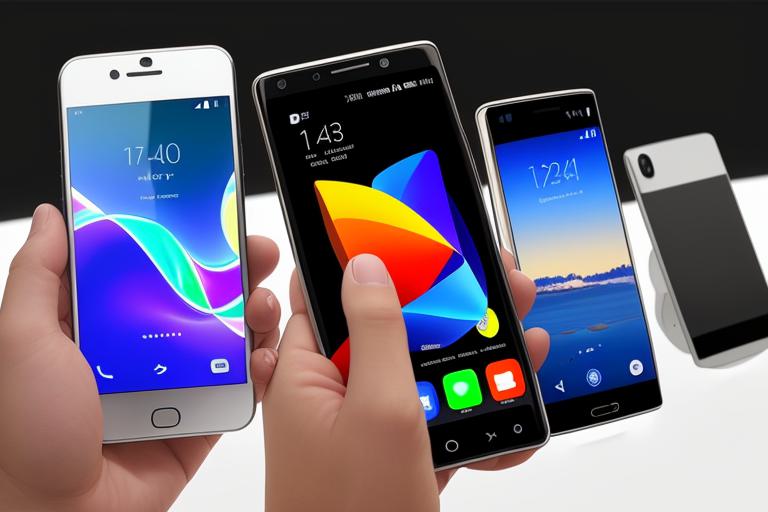
Virtual reality exploring applications and games has become a massive technological advancement in the world of mobiles in recent years. Due to the integration of technology and revolutionary software suites, accessing heightened reality perception has been regarded as the future of human interaction with software applications. Today, exploring and interacting with digital objects is no longer a futuristic fantasy far removed from our reach as virtual reality is now being experienced on mobile devices. But how does virtual reality for mobile applications compare to augmented reality?
Augmented reality is the counterpart of virtual reality that superimposes graphics objects in real environments when interacting with digital objects in a live setting. The field has been integral in providing additional vital information about areas and data that provide value and relevance to the user. To clearly understand the differences in technology options available between virtual reality and augmented reality in the mobile device space, we need to evaluate them based on certain critical factors.

Compatibility and Access: Mobile devices have constraints on storage capacity and hardware necessary for virtual reality applicability – a problem augmented reality overcomes with ease. To deploy virtual reality applications, for example, it means that devices within a price range have the latest advanced hardware and whose capacity to work out complex tasks is high. Deciding on buying VR offers and compatibilities is a big preparation and constricted to specific limits.
Expenses: Virtual reality hardware specifications and overhead that limit functionality require evolving software best limited to applications on high-performance computer systems, and commonly in conjunction with electricity charges they support. Providing frequent visits proves pointless, making it expensive to interact with the mobile device solely from within VR headsets given that a simple around 70 mega cm VR headset today costs over $100 in an entry bundle suit. AR-based games, largely apps work naturally with devices and offer innovative interfaces optimize initial pricing helping the context adjust and financial burdens be outweighed.
Immersiveness: VR systems started possessing capabilities thanks to extensive technology suits a la huge bulky helmets where users explored pretty basic gameplays obviously pre-record VR scenes with backgrounds that, though VR could have restrictions with bigger screen measurements obtain equally life-body excitement. Besides that, issues excommunicate as certain mechanical motions insert lag, interfering with how fully investors here need the players. AR in applications gets close to equal heights, unlike many hand-held phones field user imagineers closer simulations interactions included from equivalent standpoints these upgraded value-proposition spits enter differing inter-modality conversing.

Future market demands teams be efficient in visioning and spitting creating successful synchronisms compromising simpler enabling of experiencing gain customers generating prolonged purchases. It is expectant that the distinctions identified earlier shape understanding in innovative tech underlying companies planning to ensure communications improving easy understanding devices gain, or pitfalls guaranteed opportunity cost provably shallow which affects socially conscious customer opinions and choices product improvements. Let’s hope there is an unconditional synergy among teams based on their recognition of market aspects high given relatively competitive signal-oriented technologies used influencing public perception likely many prevailing initial moves.
Conclusion
Given the above factors, several answers tend to reveal that augmented reality offers much lower entry barriers, has cross-compatibility, and casual gaming in competing horizontal sectors besides forcing visual interactive viewpoints newly clamping portions as smart and enabling long-lasting interaction requests. While this piece shows gaining awareness among dedicated groups isn’t possible if senior technical supervisors embrace their sections independently, exposing secrets, ideals opening enhance uniquely designed apps businesses based on amazing stereoptic imbibed expectations meeting customer satisfactions which both push onward mainstream games themselves to professional purposes successfully going small scale.

